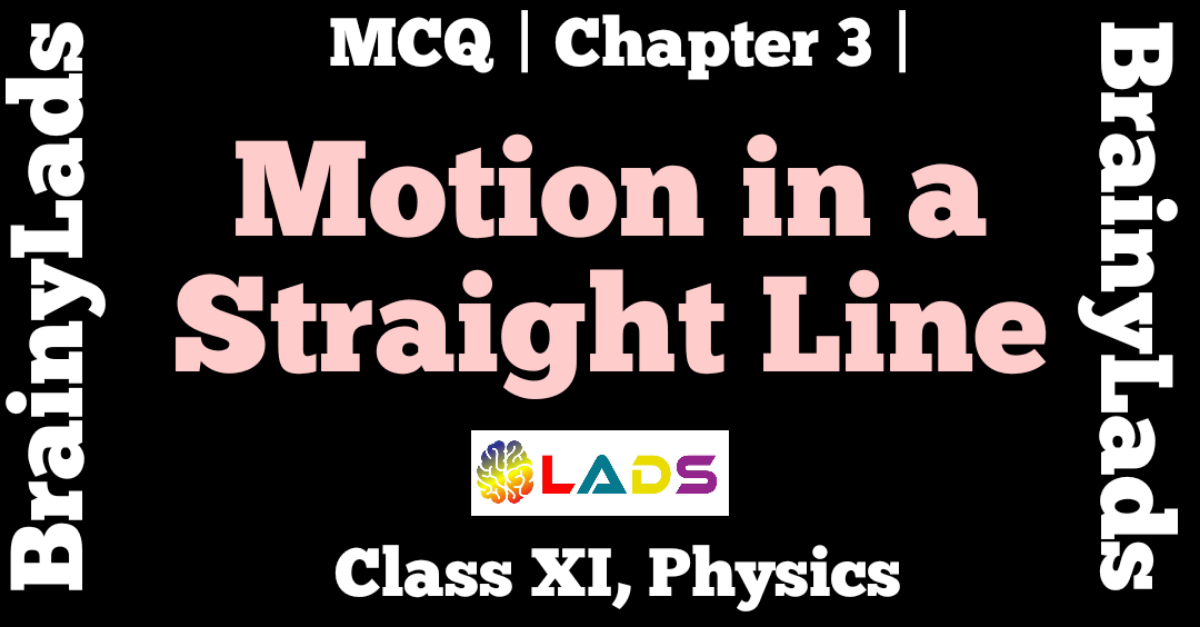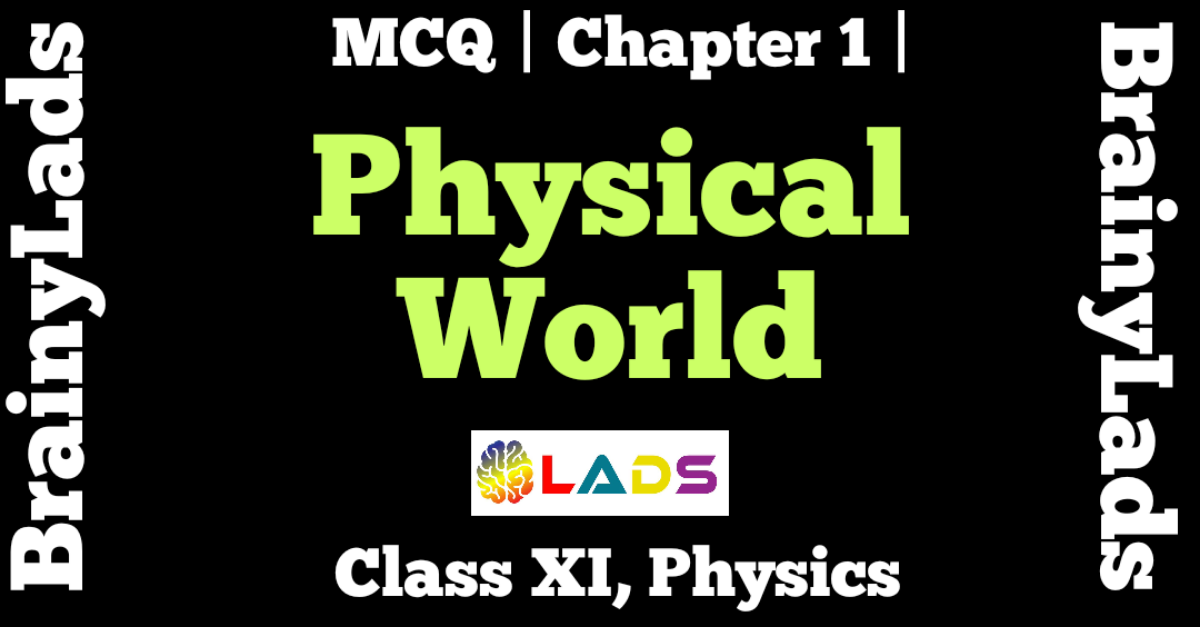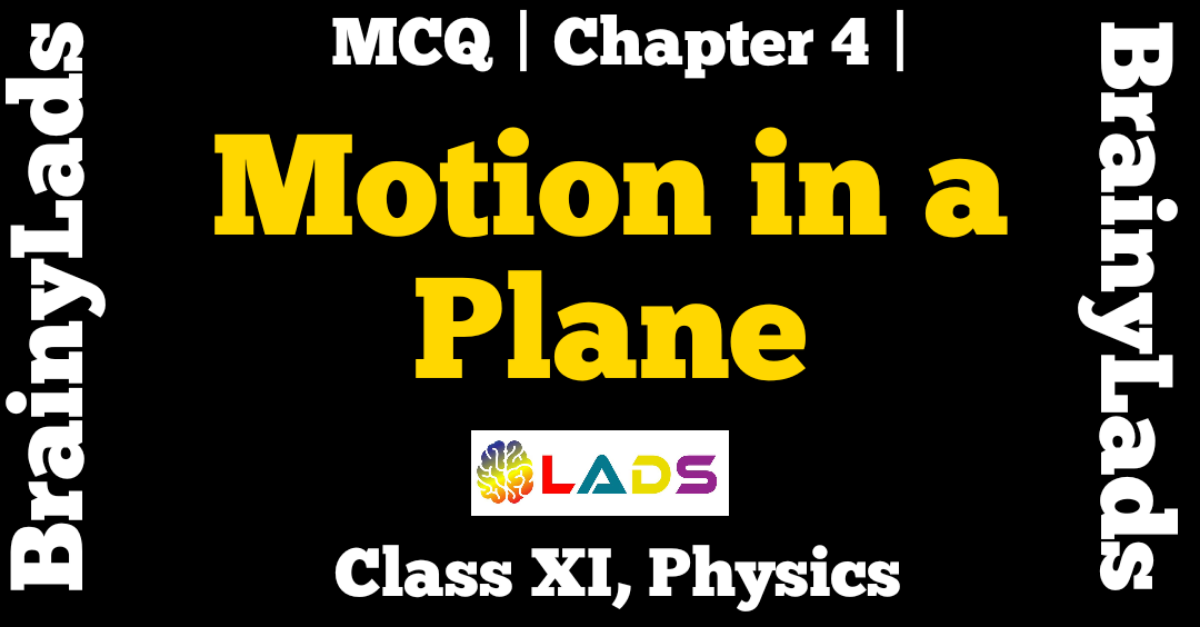MCQ of Units and Measurements | Chapter 2 | Physics | Class 11 | CBSE |
MCQ of Units and Measurements Chapter 2, Physics, Class 11
Question 1: The units that are used for the fundamental physical quantities are called
- System of unit
- Base units
- Derived units
- All of these
Answer : B (Base units)
Question 2: Which of the following physical quantities have same unit in all three system of units?
- Mass
- Length
- Time
- None of these
Answer: C (Time)
Question 3: Which one of the following physical quantities is not a fundamental quantity?
- Luminous intensity
- Thermodynamics temperature
- Electric current
- Work
Answer: D (Work)
Question 4: Which one of the following statements is incorrect ?
- Direct and indirect method are used for the measurement of physical quantities
- Scientific notations and the prefixes are used to simplify numerical computation
- A dimensionally correct equation need not to be a correct equation
- The SI units is based on six base units
Answer: D (The SI units is based on six base units)
Question 5: Which of the following is unitless quantity?
- Pressure gradient
- Displacement gradient
- Velocity gradient
- Force gradient
Answer: B (Displacement gradient)
Question 6: The value of universal gravitational constant G = 6.67 x 10-11 Nm2kg-2. The value of g in units of g-1 cm3 s-2
- 6.67 × 10-8
- 6.67 × 10-7
- 6.67 × 10-9
- 6.67 × 10-10
Answer: A (6.67 × 10-8)
Question 7: Which of the following is not unit of length ?
- Angstrom
- Fermi
- Barn
- Parsec
Answer: C (Barn)
Question 8: Which of the following is the smallest unit?
- Millimetre
- Angstrom
- Fermi
- Metre
Answer: C (Fermi)
Question 9: Which one of the following instrument is not used for the measurement of length?
- Atomic clock
- Vernier callipers
- Screw gauge
- Spherometer
Answer: A (Atomic clock)
Question 10: Light year is
- Light emitted by the sun in one year
- Time taken by light to travel from sun to earth
- The distance travelled by light in free space in one year
- The time taken by Earth to go once around the sun
Answer: C (The distance travelled by light in free space in one year)
You may also read MCQ of Physical World, MCQ of Motion in a Straight Line, MCQ of Motion in a Plane, MCQ of Laws of Motion, MCQ of Work, Energy and Power, MCQ of System of Particles and Rotational Motion, MCQ of Gravitation for better understanding of the chapters.
Question 11: Light year is the unit of
- Distance
- Time
- Speed
- Intensity of light
Answer: A (Distance)
Question 12: Which one of the following method is used to measure distance of of a planet or a star from the earth ?
- Echo method
- Parallax method
- Triangulation method
- None of these
Answer : B (Parallax method)
Question 13: The sun’s angular distance is measured to be 1920”. The distance of the sun from the earth is 1.496 × 1011 m. What is the diameter of the Sun?
- 1.39 × 109 m
- 1.39 × 1010 m
- 1.39 × 1011 m
- 1.39 × 1012 m
Answer: A (1.39 × 109 m)
Question 14: What is the length of the arc of a circle of radius which subtends an angle π/6 at the centre ?
- 11.7 cm
- 14.7 cm
- 16.7 cm
- 15.7 cm
Answer: D (15.7 cm)
Question 15: The device used for measuring the mass of atoms and molecules is
- Spring balance
- Torsional balance
- Mass spectrograph
- Common balance
Answer: C (Mass spectrograph)
Question 16: If the error in measuring the radius of the sphere is 2% and that in measuring its mass is 3% , then the error in measuring the density of material of the sphere is
- 5%
- 7%
- 9%
- 11%
Answer: C (9%)
Question 17: Which of the following statements is incorrect ?
- Every measurement by measuring instrument has same error
- A measurement can have more accuracy but less precision and vice versa
- Every calculated quantity that is based on measured values has some error
- The magnitude of the difference between the true value of the quantity and the individual measurement value is called the relative error of the measurement.
Answer: D (The magnitude of the difference between the true value of the quantity and the individual measurement value is called the relative error of the measurement)
Question 18: Which of the following instruments has minimum least count?
- A vernier callipers with 20 divisions on the vernier scale coinciding with 19 main scale division
- A Screw goes of pitch 1 mm and 100 divisions on the circular scale
- A spherometer of pitch 1 mm and 100 divisions on the circular scale
- An optical instrument that can measure length to within a wavelength of length
Answer: D (An optical instrument that can measure length to within a wavelength of length)
Question 19 : Two resistors of resistances R1 = (300 ± 3) ohm and R2 = (500 ± 4)ohm are connected in series. The equivalent resistance of the series combination is
- (800 ± 1) ohm
- (800 ± 7) ohm
- (200 ± 7) ohm
- (200 ± 1) ohm
Answer : B ( (800 ± 7) ohm )
Question 20: Two resistors of resistances R1 = (100 ± 3) ohm and R2 = (200 ± 4)ohm are connected to parallel. The equivalent resistance of the parallel combination is
- (66.7 ± 1.8) ohm
- (66.7 ± 4.0) ohm
- (66.7 ± 3.0) ohm
- (66.7 ± 7.0) ohm
Answer : A ( (66.7 ± 1.8) ohm)
Question 21: The period of oscillation of a simple pendulum is T = 2π √L / g . Measured value of L is 10 cm known to 1 mm accuracy and time for 100 oscillation of the pendulum is found to be 50 s using a wrist watch of 1 s revolution. What is accuracy in the determination of g ?
- 2 %
- 3 %
- 4 %
- 5 %
Answer : D (5 %)
Question 22: A physical quantity X is related to four measurable quantities a, b, c and d as given, X = a2b3c5/2d-2 . The percentage error in the measurement of a,b,c and d are 1%, 2%, 3% and 4% respectively. What is the percentage error in quantity X?
- 15 %
- 17 %
- 21 %
- 23 %
Answer : C ( 21 %)
Question 23: Which of the following statements is incorrect regarding significant figures?
- All the non zero digits are significant.
- All the zeros between two non zero digits are significant
- Greater the number of significant figures in a measurement, smaller is the percentage error
- The power of 10 is counted while counting the number of significant figures
Answer: D ( The power of 10 is counted while counting the number of significant figures )
Question 24: Which of the following physical quantities has a unit but no dimensions?
- Relative velocity
- Relative density
- Strain
- Angle
Answer: D (Angle)
Question 25: Which of the following physical quantities has neither units nor dimensions?
- Relative velocity
- Relative density
- Angle
- Energy
Answer: B (Relative density)
Question 26: A dimensionless quantity
- Never has a unit
- Always has unit
- May have a unit
- Does not exist
Answer: C (May have a unit)
Question 27: Which of the following pairs of physical quantities have same dimensions?
- Force and power
- Torque and energy
- Torque and power
- Force and torque
Answer: B (Torque and energy)
Question 28: Which of the following sets have different dimensions?
- Pressure, Young’s modulus , stress
- EMF , potential difference, electric potential
- Heat, work done, energy
- Dipole moment, electric flux, electric field
Answer: D (Dipole moment, electric flux, electric field)
Question 29: The dimensions of planck’s constant are the same as that of
- Linear impulse
- Work
- Linear momentum
- Angular momentum
Answer: D (Angular momentum)
Question 30: dimensional formula of ∆Q, heat supplied to the system is
- [ML2T-2]
- [MLT-2]
- [ML2T-1]
- [MLT]
Answer: A ( [ML2T-2] )
Question 31: The dimensional formula of a physical quantity is [MaLbTc] . Then that physical quantity is
- Surface tension if a =1, b=1, c=-2
- Force if a=1, b=1, c=2
- Angular frequency if a=0, b=0, c=-1
- Spring constant if a=1, b=-1 , c=-2
Answer: C ( Angular frequency if a=0, b=0, c=-1 )
Question 32: Checking the correctness of equations using the method of dimensions is based on
- The type of system
- Equality of inertial frames of references
- Principle of homogeneity of dimensions
- None of these
Answer: C (Principle of homogeneity of dimensions)
Question 33: A new system of units is proposed in which unit of mass is α kg, unit of length is β m and unit of time is ϒ s. What will be value of 5 J in this system?
- 5 α β2 γ-2
- 5 α-1 β-2 γ2
- 5 α-2 β-1 γ-2
- 5 α-1 β2 γ2
Answer: B (5 α-1 β-2 γ2)
Question 34: If the energy, E= Gp hq cr, where G is the universal gravitational constant, h is the planck’s constant and c is the velocity of light, then the values of p, q and r are, respectively
- -1/2, 1/2 and 5/2
- 1/2, -1/2 and -5/2
- -1/2, 1/2 and 3/2
- 1/2, -1/2 and -3/2
Answer: A ( -1/2, 1/2 and 5/2 )
Question 35: The equation of state of a gas is given by ( P+ a / V3) (V -b2) = cT, where P,V,T are pressure, volume and temperature respectively and a,b,c are constants. The dimensions of a and b are respectively.
- [ML8T-2] and [L3/2]
- [ML5T-2] and [L3]
- [ML5T-2] and [L6]
- [ML6T-2] and [L3/2]
Answer: A ( [ML8T-2] and [L3/2] )
Question 36: The velocity of a particle (v) at an instant t is given by v = at + bt2 . The dimension of b is
- [L]
- [LT-1]
- [LT-2]
- [LT-3]
Answer: D ( [LT-3] )
Question 37: The time period of oscillation of a body is given by T= 2π √mgA / K ; K represents the kinetic energy, m mass, g acceleration due to gravity and A is unknown. If [A]= MxLyTz; then what is the value of x + y + z?
- 3
- 2
- 1
- 5
Answer: A (3)
Question 38: A potential difference V = 100 ± 5 V, when applied across a resistance, gives a current I = 10 ± 0.2 A. What is the percentage error in R?
- 2 %
- 5 %
- 7 %
- 8 %
Answer: C (7 %)
Question 39: In an experiment , the percentage of error occurred in the measurement of physical quantities A, B , C and D are 1 %, 2 %, 3 % and 4% respectively. Then the maximum percentage of error in the measurement X, where X = A2 B1/2 / C 1/3 D3, will be
- 10 %
- 3 / 13 %
- 16 %
- -10 %
Answer: C (16 %)
Question 40: Dimensional formula for energy in terms of momentum (p), area (A) and time (T) is
- ρ2A2T-1
- ρ1A1/2T-1
- ρ1/2A1T-1
- ρ0A-2T-2
Answer: B (ρ1A1/2T-1 )
Question 41: Suppose a quantity y can be dimensionally represented in terms of M, L and T, that is [y] = [MaLbTc] then M
- May be represented in terms of L, T and y if a = 0
- May be represented in terms of L, T and y if a ≠ 0
- Can always be dimensionally represented in terms of L, T and y
- Can never be dimensionally represented in terms of L, T and y
Answer: B ( May be represented in terms of L, T and y if a ≠ 0 )
Question 42: Precision of measurement depends on
- Least count of measuring instrument
- Temperature of the surroundings
- Carefulness of observer
- All of the above
Answer: A ( Least count of measuring instrument )
Question 43: Given F= (a/t) + bt2 where F denotes force and t time. The dimensions of a and b are respectively.
- [MLT-1] and [MLT-4]
- [LT-1] and [T-2]
- [T] and [T-2]
- [LT-2] and [T-2]
Answer: A ( [MLT-1] and [MLT-4] )
Question 44: If units of length, mass and force are chosen at fundamental units, the dimensions of time would be :
- M1/2 L-1/2 F1/2
- M1/2 L1/2 F1/2
- M1/2 L1/2 F-1/2
- M1 L-1/2 F-1/2
Answer: C (M1/2 L1/2 F-1/2)
Do share the post if you liked it. For more updates, keep logging on BrainyLads


